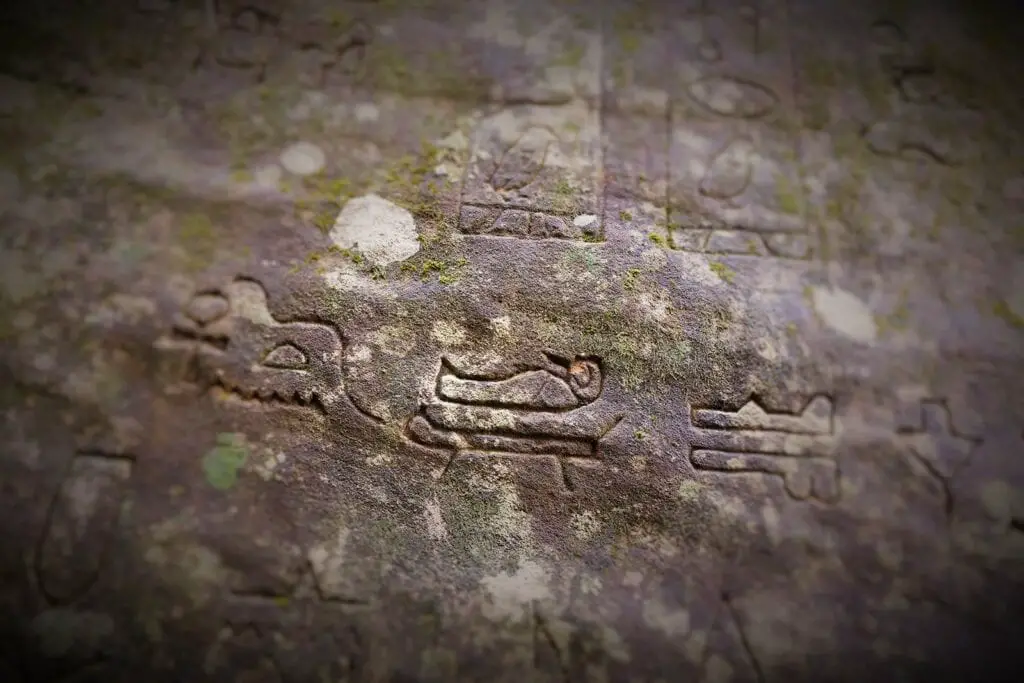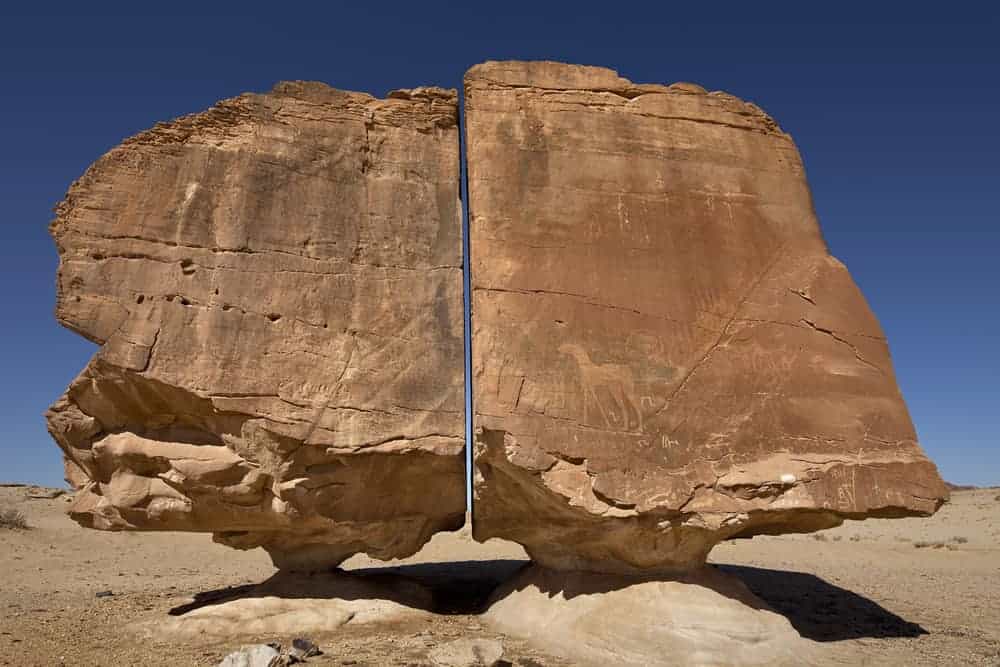
No, we don’t have all the answers to the countless enigmas that have baffled experts for countless decades, but we do have what many consider ‘evidence’ that human origins and our history are anything but complete. Listed here are just some of the many discoveries which push our understanding of human origins, ancient civilizations and life on Earth to the limit. Maybe it’s time for a much-needed update, that explains how many of these discoveries are possible.
It’s as if there is a massive cover-up in place that prevents mainstream experts to investigate certain discoveries more profoundly.
The truth is that mainstream sciences have failed to address and explains countless discoveries that have been made on Earth in the past.
Each discovery—when we speak about ancient human remains—seems to push human origins back more and more each time.
Not long ago, scientists found evidence that a previously unknown, long lost human species lived on Earth—and interbred with humans thousands of years ago. The researcher presented in Molecular Biology and Evolution has uncovered a controversial find that changes what we have been told about our ancestors.
However, that’s just one of the many recent discoveries that have pushed the limits of Human origins to a point where we need to rewrite much of what we thought about our ancestors.
In Australia experts found how humans first settled in Australia around 65,000 years ago, effectively rewriting history books. This discovery completely smashes previous early estimates which put human occupation in Australia around 45,000 years ago.
But there’s more.
If we take a quick trip to the African continent, we will find traces of 3.6 million-year-old ancient human footprints.
In 2016, scientists found 13 footprints which according to analysis date back a staggering 3.6 million years ago.
Discovered in modern-day Tanzania, the ancient human footprints were preserved thanks, to a region which at that time was covered in wet volcanic ash, and our ancestors walked across the area millions of years ago.
From Africa, we wander off to Siberia where archaeologists found a tooth of a young girl who lived there some 128,000 years ago.
What is fascinating about this discovery is that it’s hailed as one of the oldest known human species recovered in Central Asia and is believed to be at least 50,000 and 100,00 years older than the first known Denisovan fossil. Stunning right? But as you probably know, there’s much more.
A thigh bone discovered around 80 years ago was recently put to a series of tests which have shown how the 124,000-year-old Neanderthal fossil—excavated in Germany from the Hohlenstein-Stadel Cave—contains MODERN DNA. Scientists believe that this proves how the ‘out of Africa’ migration occurred much sooner than experts thought—around 270,000 years ago, which means that we need to rewrite—once again—much of what we thought we knew about mankind.
Another mind-bending discovery was made in Morocco when experts recovered 300,000-year-old bones that shed light on the evolution of Homo sapiens, and show how our species evolved much earlier—at least some 100,000 years earlier—than previously believed, effectively rewriting the history of mankind again.
Then, we also find how experts have shown that Europe was the birthplace of Mankind and not Africa as believed for decades.
Researchers have found a 7.2 million-year-old fossil which proves how modern man originated in the Mediterranean and not in Africa.
But let’s take a pause from Human origins and take a look at COUNTLESS structures found across the globe, which completely challenge our understanding of ancient civilizations and their technological capabilities thousands of years ago.
First, we take a look at the Great Pyramid of Giza and the ancient Egyptian civilization.
The Great Pyramid of Giza has remained an enigma for experts who have studied the monument for over a hundred years. No one knows for sure how it was built nor who exactly built it. Many points towards Khufu as being its builder but experts cannot seem to fully agree.
Then there’s the incredible precision embedded into the structure, it’s the most accurately aligned Pyramid in existence and faces true north with only 3/60th of a degree of error. It also happens to be located at the Center of Land Mass, and it’s the only known eight-sided Pyramid in Egypt.
Moving on from the Pyramid we take a look at the capabilities of the ancient Egyptians and whether they were far more advanced than what we credit them for today.
Ancient Egyptian mummies have shown to contain traces of tobacco and cocaine—plants which at that time were only found to grow in the Americas. So how did they end up in Egypt? One explanation is that the ancient Egyptian civilization was capable of transoceanic voyages thousands of years ago.
We also have the Gosford Glyphs in Australia which are basically Ancient Egyptian hieroglyphs inscribed in stone at the Brisbane Water National Park, Kariong. It is believed that the 250 stone carvings have been part of the local folklore of the area for over a century, meaning that it’s not something that has been discovered recently. The Gosford Glyphs are a very controversial subject, and many modern Egyptologists have categorized them as an elaborate hoax, mostly due to the fact that they are well… Located in Australia.

These are the Gosford Glyphs.
But we also seem to have “tools” that date back to a time when there should not have been anyone on Earth according to mainstream scholars.
One such example is a 400 million-year-old hammer discovered in the city of London, Texas, USA, in 1934. It is believed that the head of the hammer was built with an iron purity only achievable with modern-day technology. Tests have shown how the head of the controversial hammer is made out of 97 pure iron, 2 percent chlorine, and 1 percent sulfur. Can’t be real, can it?
In china, we have more curious discoveries. The 150,000-year-old Baigong Pipes are considered by many as evidence of a technologically advanced civilization that existed in the region hundreds of thousands of years ago.
Experts indicate how 8 percent of the material in the pipes could not be identified. The pipes became popular when in 2007, the largest state run newspaper in China published an article about them.
But there is more controversy out there. Let’s take a look at the Ancient Sumerian King list which states how “…In 5 cities 8 kings; they ruled for 241,200 years. Then the flood swept over…” But… how on Earth can 8 kings live and rule for 241,200 years? Were they immortal? Alien? Read more about it here.
We also have the Megalith of Al-Naslaa which is a massive rock, split in half with laser like precision standing in the middle of the desert. This incredible rock is located at the Tamya Oasis in Saudi Arabia. The two stones split in half have created confusion among experts ever since their discovery. Some say it was naturally created, while others maintain how advanced technology was used to split the rocks with such precision.

Laser. Like. Precision.
And as we are covering such controversial sites we cannot leave out Puma Punku.
Puma Punku is an ancient archaeological site located 45 miles west of La Paz, hidden in deep the Andean mountains. This ancient site features some of the largest—intricately carved stones in the Americas.
According to analysis, one of the largest blocks of stone found at Puma Punku is 7.81 meters long, 5.17 meters wide, averages 1.07 meters thick It is estimated to weigh around 131 metric tons. How on Earth did the ancients transport this stone?
But if the size of the stones at Puma Punku doesn’t make you scratch your head, the precision cuts, and smooth surfaces will certainly do. Not even a sheet of paper can fit between some of the thousand-year-old stones found at Puma Punku.
I’m trying to make a point here, the reason why I will take you now to Ollantaytambo, another ancient archaeological site that is absolutely stunning. Located at an altitude of 3,000 meters, the archaeological complex of Ollantaytambo is located around 70 kilometers from Cusco.

Ollantaytambo: The temple of the Sun. Just how did ancient mankind achieve this? In this image, we have the six red-granite monoliths that were to be part of an unfinished circular wall.
The monoliths are separated by “spacer rocks” which prevents them from collapsing during seismic events.
Ollantatytambo—just as Puma Punku—features jaw-dropping, massive stones.
Many of the stones at Ollantaytambo weigh more than 70 tons, and they too were quarried from the side of a mountain, dozens of kilometers away. One of the most curious monuments at Ollantaytambo is the six supermassive monoliths which were put together in such a way that not a single piece of paper can fit between them.
Interesting right? But there are countless other archaeological sites worth mentioning.
The Cochno stone, discovered in 1887 is a 5,000-year-old slab which features around 90 intricately carved spirals and indentions that according to many represent a Cosmic Map.
As you can see, countless discoveries made around the globe seem to push our knowledge of the human race, our origins and ancient civilizations to the limit, and maybe it’s time for mainstream scholars to rewrite our history books, and publish a much-needed update about the human race.
Thank you for reading this really long article, let me know what you think!

